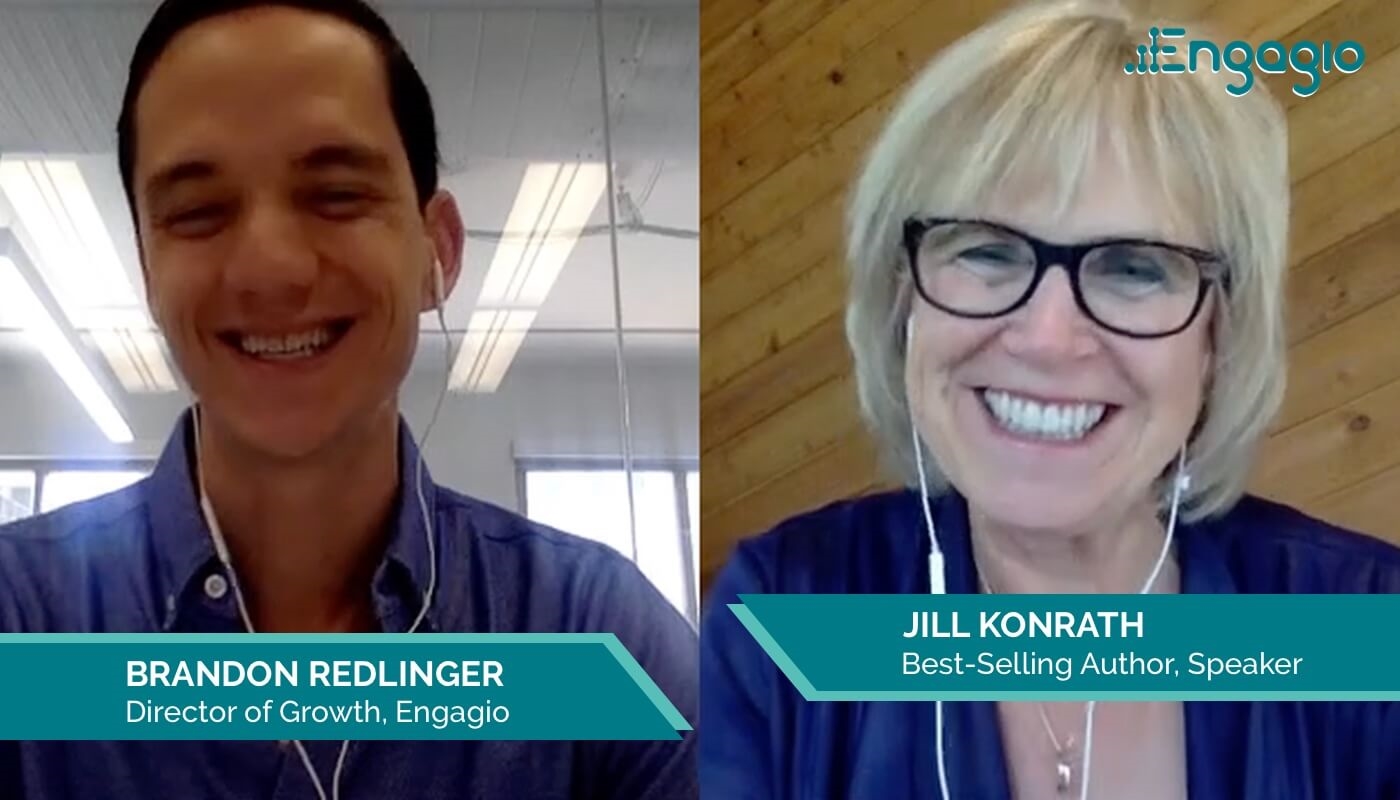— October 30, 2018

We’ve all seen the stories and heard the tales of a team of misfits that overcome unbelievable odds to beat a team of all-stars.
My favorite example is the 1980 US Olympic men’s hockey team, which consisted of amateur athletes going up against the best professionals in the world. It was the heart of the Cold War, but the Lake Placid Olympics gave the nation hope during a time it’s people desperately needed it. Sports and politics can become intertwined.
In the semi-final medal round facing off against the Soviets, team USA overcame the odds and won the war on the ice with the entire world watching, a moment which became known as the “Miracle on Ice.” Their subsequent victory over Finland to win the gold medal brought a nation together and sent a wave of patriotism throughout the American psyche.
Sometimes, teams need something bigger than themselves to accomplish incredible things.
This can be true in business as well. When I was thinking about today’s vlog, I stumbled across this conversation I had with Jill Konrath about team alignment, and it’s pure gold.
Jill is a keynote speaker and 4-time best-selling author. I had a chance to chat with her last year, and in our conversation, she reveals the one thing that Sales and Marketing teams must rally around to get alignment.
Enjoy!
TRANSCRIPT:
Brandon:
What’s one of like the biggest challenges or the biggest mistakes that you’ve seen teams make when trying to get alignment?
Jill:
Well, let me just say I’ve seen a lot of them. I mean like way too many. But a lot them boil down to a root cause, and I think it’s the root cause that needs to be addressed. And to me, the root cause has always been lack of rock-solid understanding of the buyer, the customer that you’re going after. I see it in marketing. I see it in sales.
Everybody is still way too product and service focused, and driving towards their personal results, but they don’t know enough. They simply do not know enough. I mean, I know in recent years people have been getting into buyer personas, but let me tell you even the ones I see in many companies are very shallow.
Brandon:
Yeah.
Jill:
They’re very, you know, our buyer is a 32-year-old male who, you know, is into extreme sports and blah, blah, blah. Like you know, come on, let’s get real. What is this buyer thinking about everyday? Where is this person’s role in the organization? What would make them want to change from the status quo?
Oh, by the way, what is their status quo? I can tell you that way too many, I mean like virtually all marketers I’ve dealt with over the years, and that’s not all of them the good ones don’t do it, but virtually all of them fail to tell salespeople what the status quo is and what they’re going up after. And there’s usually three or four primary status quos. And if you take a look and as a seller if you understand what are these status quos then you understand where the leverage points are.
Again, I’m going after leverage. How can we make it as minimal? But I can so my job better as a salesperson if I understand that they have this type of system or they’re doing it themselves, or whatever it is. And here are the natural obstacles and issues that come from this type of status quo. And then, here’s how they typically roll out within the organization.
Here’s the, you know, the cost related to productivity, the cost related to, you know, productivity, efficiency, outlay of cash, time, you know, I mean just everything. If you understand the status quo and what’s wrong with it then you can have an intelligent conversation with a perspective client. You can open more doors with that person, but most people don’t. And they say, oh our new product and here’s what, you know, here’s what we’re selling. It has all these wonderful capabilities. Boom, boom, boom, boom.
You know like, just tell them how wonderful we are and that we have great service and that we love our customers and we value them. You know, that’s a bunch of BS.
Brandon:
Yeah, exactly.
Jill:
It’s not real, it’s not what makes people switch.
Brandon:
Yeah.
Jill:
And so to me the most important thing is an in-depth understanding of the customer, how their decisions are made, who needs to get involved because nobody’s making a decision by themselves anymore.
Brandon:
Got it.
Jill:
You know, there’s all these teams of people and decisions get stuck because the salesperson isn’t addressing the whole, the whole organization.
Business & Finance Articles on Business 2 Community
(20)








